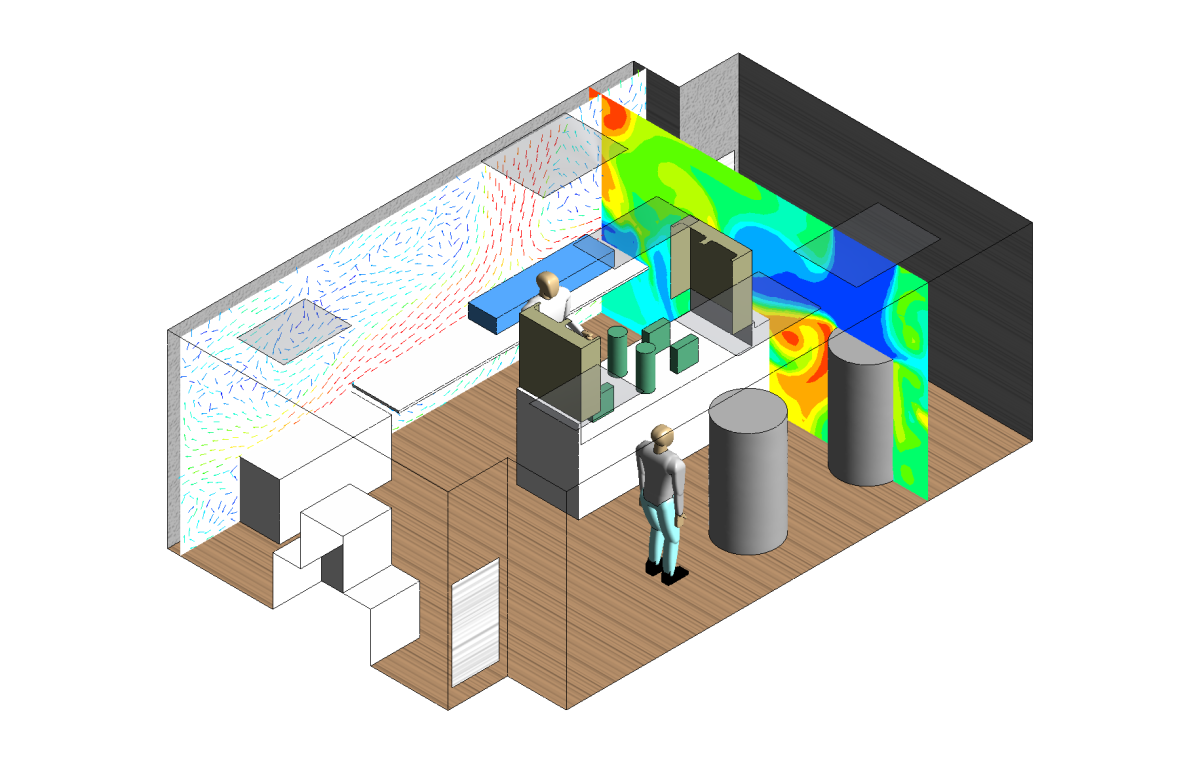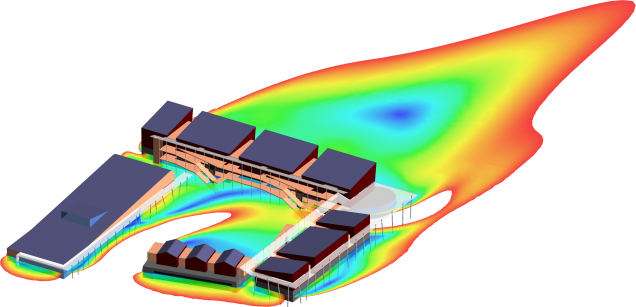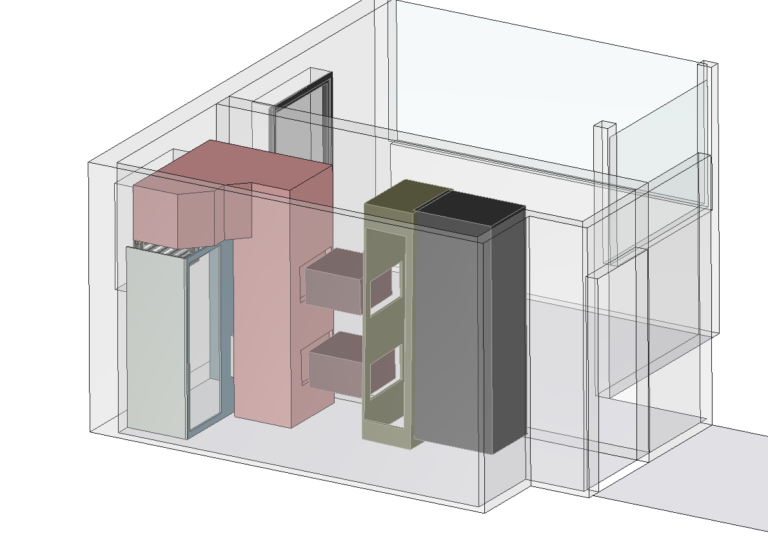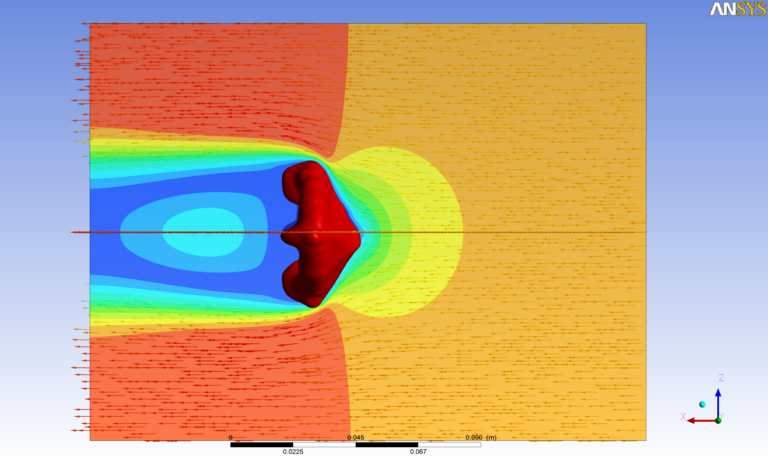Context
Cleanrooms are used in many sectors, including the pharmaceutical, food and automotive industries.
Cleanroom design involves strict control and maintenance of temperature, humidity and particle levels. Numerous constraints make this design difficult:
- speeds may be locally limited when handling volatile products,
- equipment emitting high levels of heat may be present,
- the humidity of the various blowers may differ…
It may also be necessary to maintain certain equipment or rooms at over-pressure, to prevent contaminants from entering, or at under-pressure, to prevent potentially dangerous particles from escaping.
The challenge of cleanroom design therefore lies in controlling all the aeraulic phenomena at work, at different scales and in different zones of the room under study.




